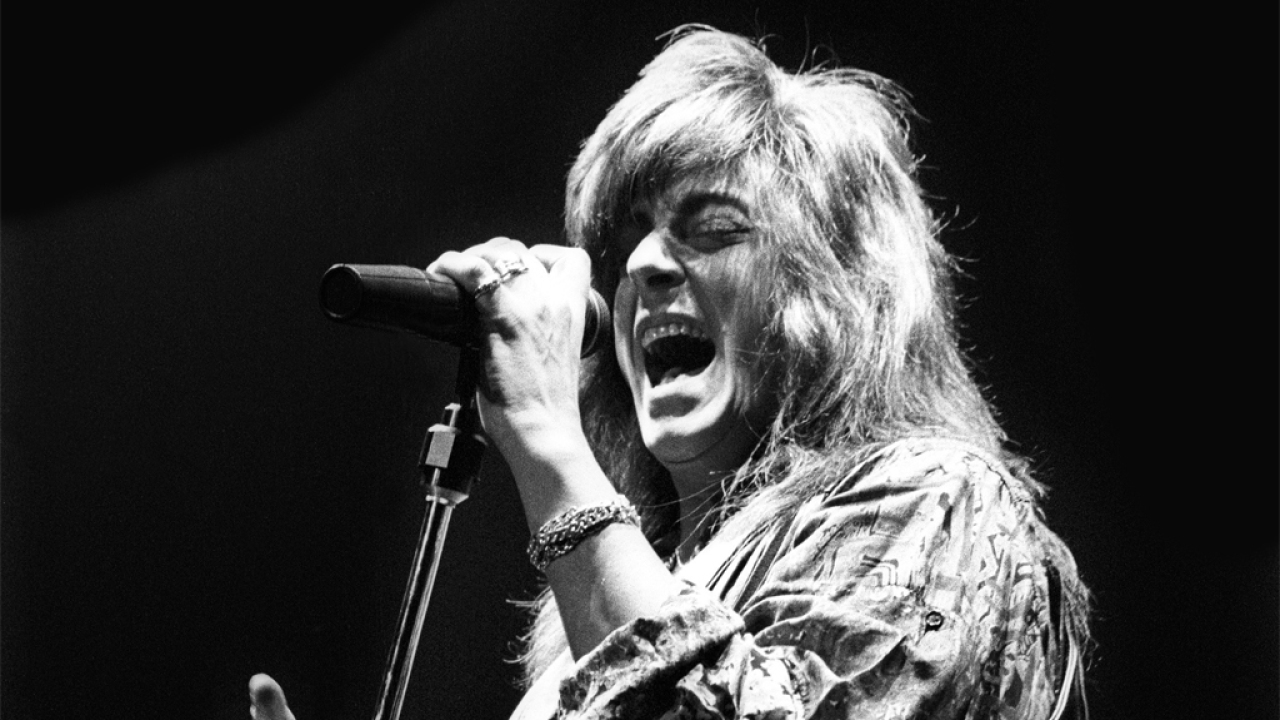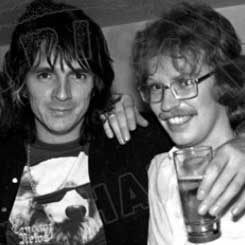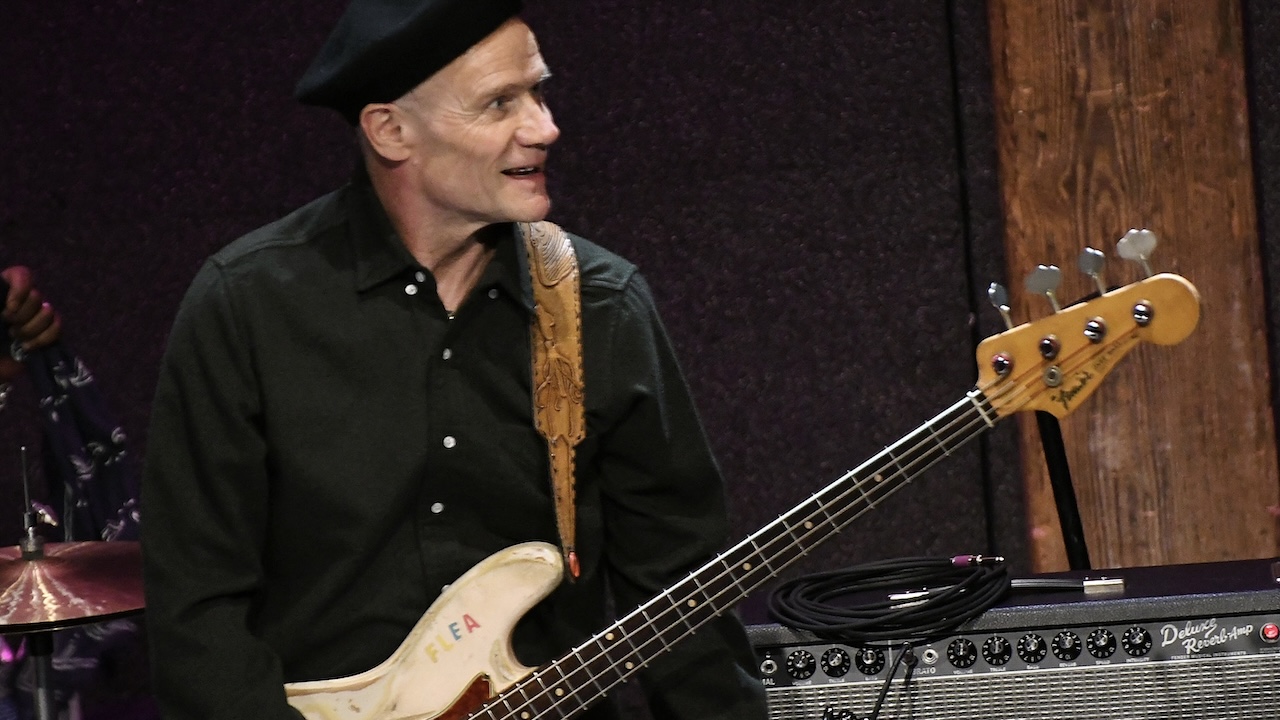The Real Rock & Roll Hall Of Fame: Joe Lynn Turner
Don’t call them Deep Rainbow.

On April 18, Lou Reed, Green Day, Ringo Starr, Joan Jett and others will be inducted into the Rock And Roll Hall Of Fame, joining everyone from The Beatles, the Stones, Led Zeppelin, Pink Floyd and The Who to Kiss, Metallica, ZZ Top and, er, ABBA. But what about all the bands this US institution has overlooked, ignored or wilfully snubbed over the years? The giants and innovators of rock, prog, punk, blues and more who weren’t deemed important enough, cool enough or American enough to warrant entry through those hallowed portals. Nearly 50 years after forming, Deep Purple are the greatest band not to be in the official Hall Of Fame. They are one of a diminishing handful of bands who formed in the late 60s who are still active today, who are not content to rest on their laurels and who still exist in a meaningful and creative way. While many of their peers are content to play the chicken-in-a-basket circuit – their tour posters emblazoned with monochrome mug shots of how they looked back in their bushy-tailed heyday – Purple have matured like a fine, expensive wine (a Sweet Burgundy, as their former guitarist, the late, great Tommy Bolin, might have it). From 1968’s Shades Of Deep Purple to 2013’s NOW What?!, Purple’s passage through time resembles a mountain range of breathtaking highs and turbid lows. Via a series of interviews with every key member past and present, we celebrate Purple’s extraordinary, multi-decade career. We highlight the radically different personalities of the musicians who have impacted on the band, and marvel at how these contradicting characters were able to gel musically. We examine the mysterious – and occasionally devious – workings of this at times most volatile of bands. We analyse the contributions of alleged bit-part players including Nick Simper, Joe Lynn Turner and the aforementioned Bolin. Plus much more besides. This is Deep Purple dissected, deconstructed and laid bare. (Oh, and we only mention Smoke On The Water once.)
As an American, how much did Purple’s 1968 US hit single Hush impact on you?
They sounded like a pop band to me, to be honest. I didn’t really become a fan until In Rock came out.
Purple were considering replacing Ian Gillan with Strangeways’ Terry Brock or Survivor’s Jimi Jamison before you arrived.
They invited me up to where they were rehearsing in Vermont. As soon as I arrived, Ritchie started playing the riff to Hendrix’s Hey Joe. That was quite a moment – and quite a welcome.
The sole album you released with Purple, 1990’s Slaves And Masters, is a very underrated record.
I’m glad you think that. Not many people seem to. My brief was to turn Purple into a commercial success, as I had done with Ritchie in Rainbow. People called us Deep Rainbow, which I thought was really unfair. I honestly don’t see Slaves And Masters as a betrayal of Purple’s tradition, although hard-core fans felt otherwise. Simon Robinson of the Deep Purple Appreciation Society galvanised a real hate campaign against me.
Sign up below to get the latest from Classic Rock, plus exclusive special offers, direct to your inbox!
You were recording the follow-up album in a Florida studio when it all went pear-shaped.
BMG Records offered Ritchie a bunch of money to do a solo project if he allowed Ian Gillan back in the band. So Gillan returned, and they reworked a lot of the songs we’d already been working on. After he’d done his stint with Gillan, Ritchie left to re-form Rainbow with singer Doogie White.
Immediately after you were forced out, you said in an interview: “Deep Purple can go to hell. They don’t know what the hell they are doing.”
That was heat-of-the-moment stuff, but it’s true to a large extent. My time in the band was both a blessing and a curse.
Geoff Barton is a British journalist who founded the heavy metal magazine Kerrang! and was an editor of Sounds music magazine. He specialised in covering rock music and helped popularise the new wave of British heavy metal (NWOBHM) after using the term for the first time (after editor Alan Lewis coined it) in the May 1979 issue of Sounds.

